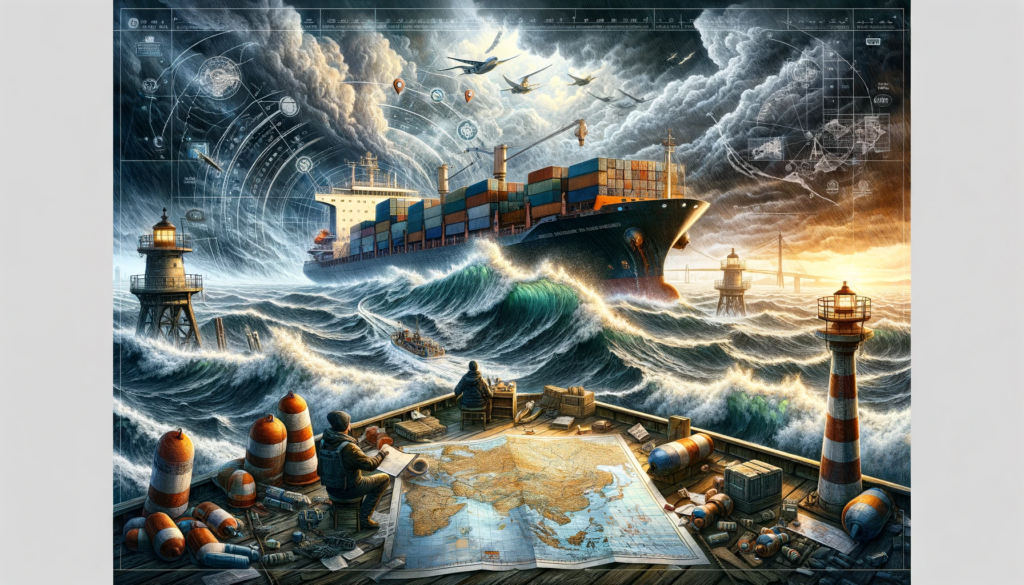Challenges Faced in Establishing Shipping Routes
In the fast-paced world of maritime transportation, establishing efficient and reliable shipping routes stands as a significant challenge for the industry. This task involves a complex interplay of factors ranging from the intricate logistics of managing a vast supply chain to adhering to stringent environmental regulations. In this article, we will delve into the myriad challenges faced in this endeavor, particularly in the context of recent years marked by the COVID-19 pandemic and its ripple effects across the global shipping industry.

The Pandemic’s Impact on Shipping Routes
The outbreak of COVID-19 in 2021 brought unprecedented disruptions to the maritime sector. Shipping companies were suddenly faced with the challenge of navigating a landscape where port congestions and supply chain disruptions became the norm. The repositioning of empty containers, a crucial aspect of maintaining a fluid supply chain, became more complex, leading to increased shipping costs and delays in delivering goods across international borders.
Environmental Regulations and Maritime Industry
Another critical aspect affecting maritime shipping is the global push towards reducing greenhouse gas emissions. The International Maritime Organization (IMO) has set ambitious goals to reduce emissions by at least 50 percent by 2050, posing a significant challenge for the industry. Shipping companies are now compelled to invest in innovative solutions like artificial intelligence and greener fuels to meet these targets without compromising the safety of the crew and cargo.
Weather Conditions and Maritime Operations
Maritime shipping also faces the unpredictability of weather conditions, which can significantly impact shipping routes and schedules. Harsh weather not only poses a risk to vessels and cargo but also leads to congestion in ports, further disrupting the supply chain. The industry must continuously develop and implement strategies to mitigate these risks, ensuring the timely and safe delivery of goods.
Cybersecurity in the Maritime Sector
In today’s digital age, the threat of cyberattacks is a growing concern within the shipping industry. These attacks can compromise vital systems, leading to severe disruptions in shipping operations. The industry is investing in robust cybersecurity measures to protect against such threats, ensuring the continuity of maritime operations.
Optimizing Logistics and Freight Management
To overcome these challenges, the maritime industry is increasingly turning to advanced analytics and technology to optimize shipping routes and logistics. By leveraging data, shipping companies can better predict and plan for fluctuations in supply and demand, manage freight rates, and streamline their operations. This approach not only enhances efficiency but also helps in reducing operational costs.
The Road Ahead for Maritime Shipping
Despite these challenges, progress has been made within the maritime industry. New maritime technologies and strategies are continually being developed to optimize shipping routes and manage the complexities of global trade. The industry’s ability to adapt and innovate will be crucial in ensuring that maritime transportation continues to play a pivotal role in the global supply chain.
In conclusion, the challenges faced in establishing shipping routes in the maritime industry are numerous and varied. From adapting to environmental regulations to managing the impacts of a global pandemic, the industry continues to navigate these challenges. With the adoption of innovative solutions and a commitment to continuous improvement, the maritime industry can thrive, ensuring the efficient and sustainable movement of goods across the globe.

